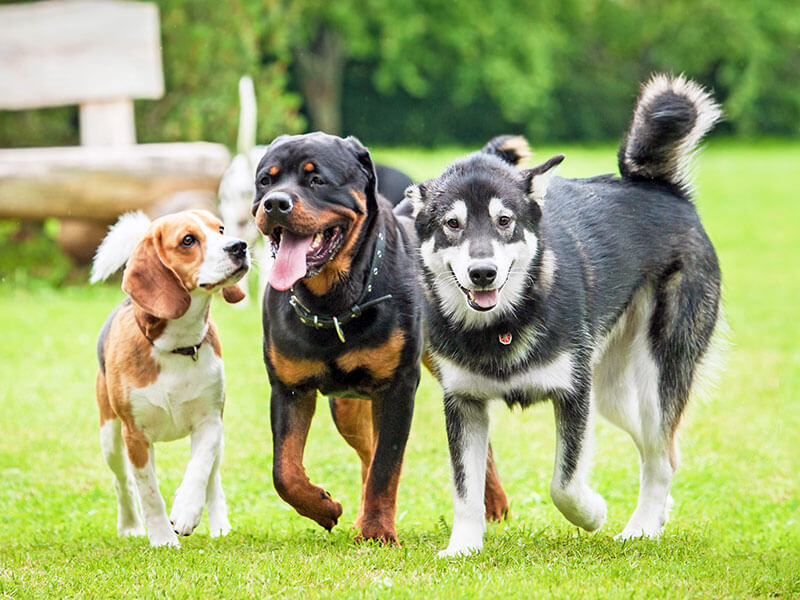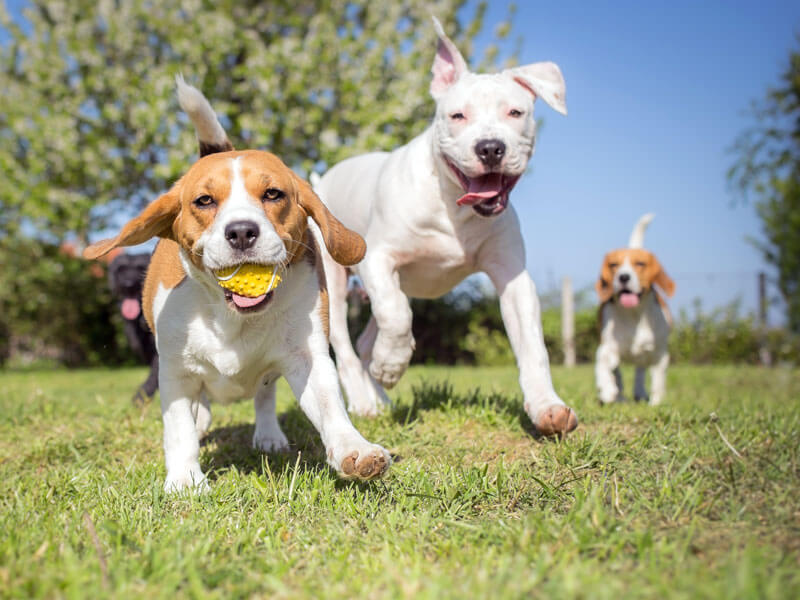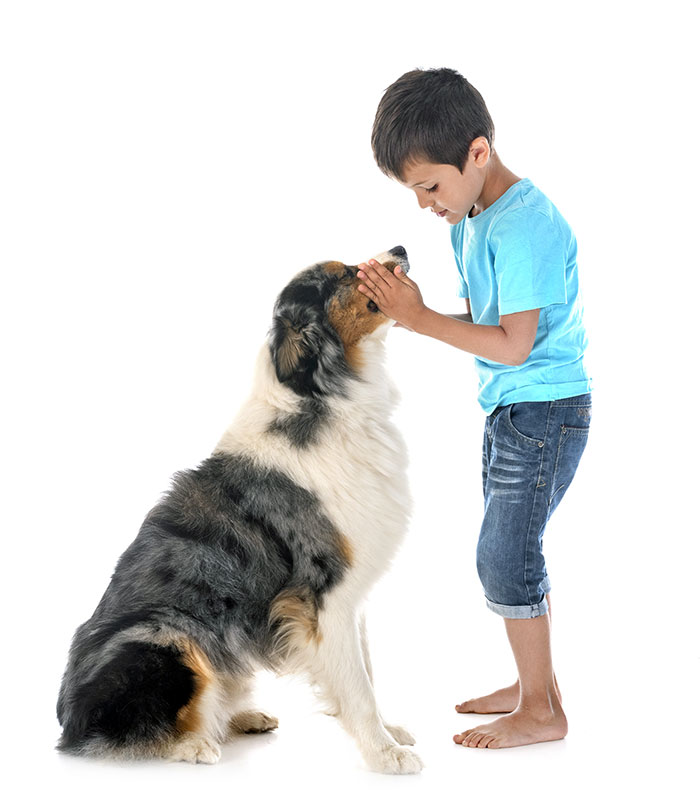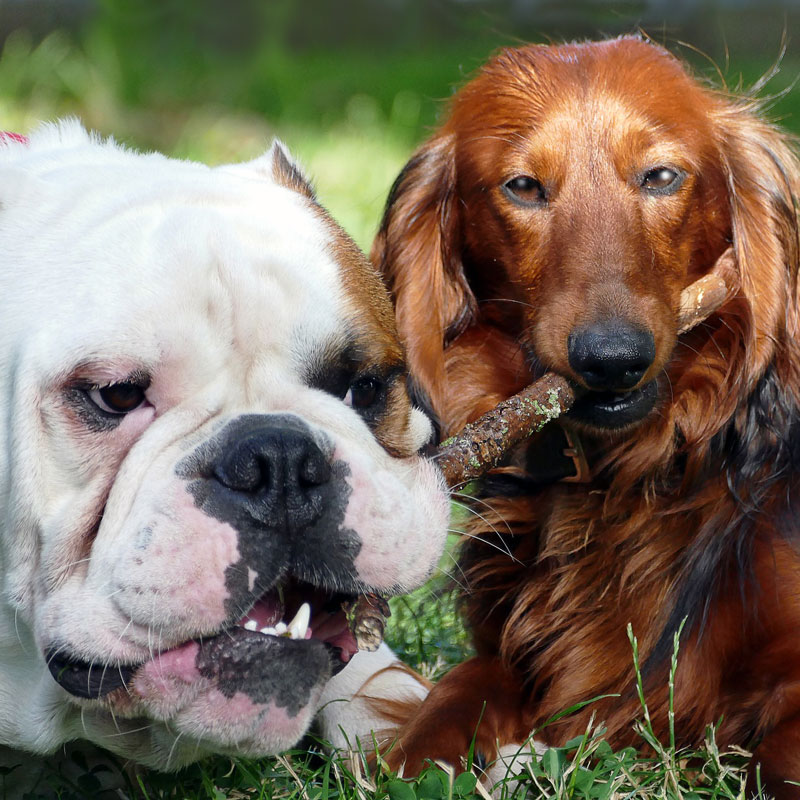
Getting it right
Three Misunderstandings About Dog Socialization
There are three common misunderstandings about socialization that get in the way of doing it correctly.
The first misunderstanding is that socialization just means introducing the dog to a bunch of new stuff. Exposure to new things is not socialization. Dogs, especially puppies, need exposure to new environments, people, and animals. It’s estimated that a well-adjusted puppy needs to meet 100 new people in their first 100 days of life. But in order to be effective, your dog needs positive associations with the new things he encounters.
When you positively socialize puppies under 4 months old, the positive experiences can have long-lasting effects on your dog’s behavior. You are shaping the puppy’s view of his world. Positive experiences help him learn that new things are fun and hopefully he’ll remember the good association when he encounters them again later. However, fearful experiences at this age can also have long-lasting adverse effects.
During socialization, if a dog of any age is trying to escape, avoiding interactions, hiding, drooling, bolting to the end of the leash, shaking, clawing or yelping, then he is clearly not having a positive experience with his environment. You either need to change your method of socialization, or you may need assistance from a Marina Del Rey dog trainer.

To make sure you are avoiding negative interactions, follow these basic rules:
- Keep your distance: Don’t move closer to the new situation or person until the dog wants to move forward. Never pull your dog towards something when he or she is on a leash.
- Use treats: Feeding yummy treats while your dog is experiencing something new will help create a positive association. Additionally, one of my biggest reasons for using treats is that if your dog suddenly stops eating, that is your first warning signal that your dog is getting nervous. When your dog stops eating treats, create more distance.
- Go slowly: Your dog sets the pace, not you. Be patient and never force him. Forcing your dog to go faster will backfire and increase your dog’s fear.
If these methods do not seem to be working with your dog, you may have stumbled upon the second misunderstanding about socialization…
Socialization is not the same as behavior modification. If your dog is having a hard time getting comfortable around people, objects, environments (on a walk, in a car, on the leash, etc.), you need to help him. Remember, just exposing a dog to stimuli is not socialization. You will need the assistance of a professional, positive, force-free dog trainer in Los Angeles.
If your puppy is doing great around new people and in new environments, keep up the good job by remembering the third misunderstanding about socialization:
Socialization isn’t only done in puppyhood. Just because you’ve socialized your puppy does not mean your adult dog will retain that socialization without frequent and consistent exposure to new people and environments. Socialization is lifelong!



